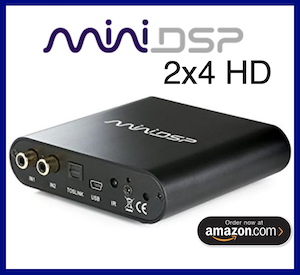One day I was curious about how well the moving mic technique matched averaged swept measurements. I have used only MMM for the last year or two because it is so easy and quick to set up, but I wondered...
So what I did was take about a dozen separate swept measurements at the LP, and at surrounding points about a foot away - in front, behind, above, below. These measurements looked about as different as you might expect. I then vector averaged them and got a composite average response. Then I ran a MMM with pseudorandom noise, very carefully, transiting the same volume I had just used for the swept tests. In both cases, I was measuring from about 15 Hz up to around 15 kHz (my hearing's upper limit).
The result? My MMM amplitude response was essentially identical to the averaged set.
I have manually (as well as using REW) created filters based on the MMM result, and the outcome was audibly the same. I have no reason to doubt the MMM results in my room, and it's almost trivially easy to get a measurement that correlates well to what I hear. As long as you take care to set it up properly and use pseudorandom noise, I have no problem recommending it for subwoofer setup.












